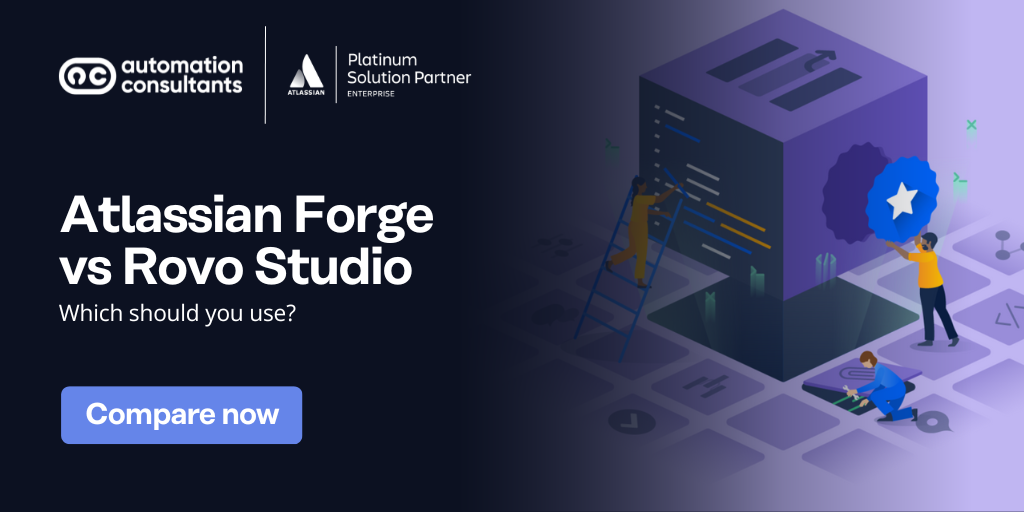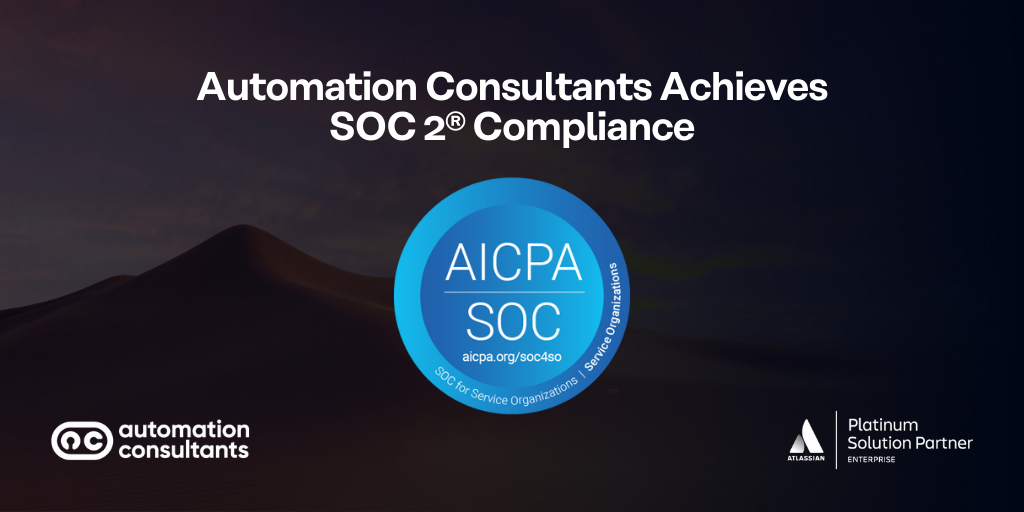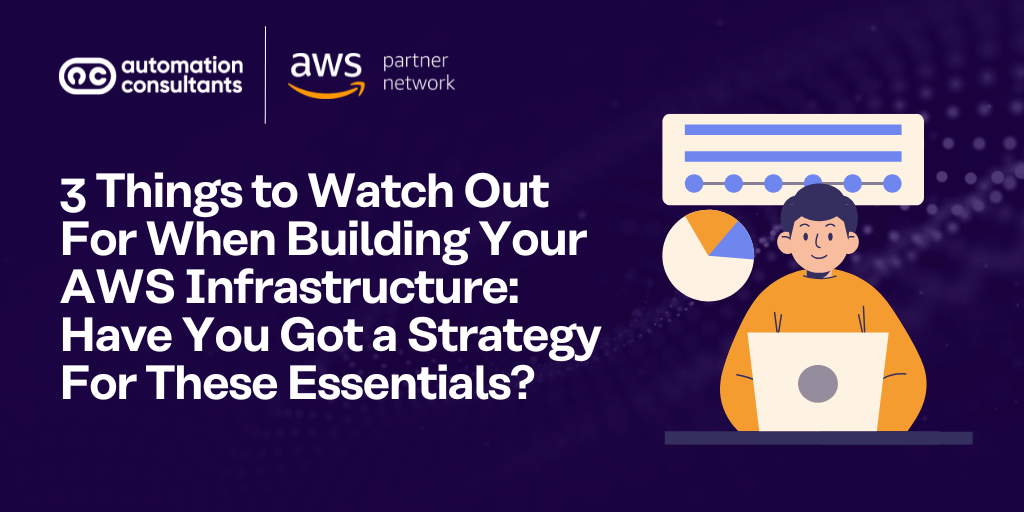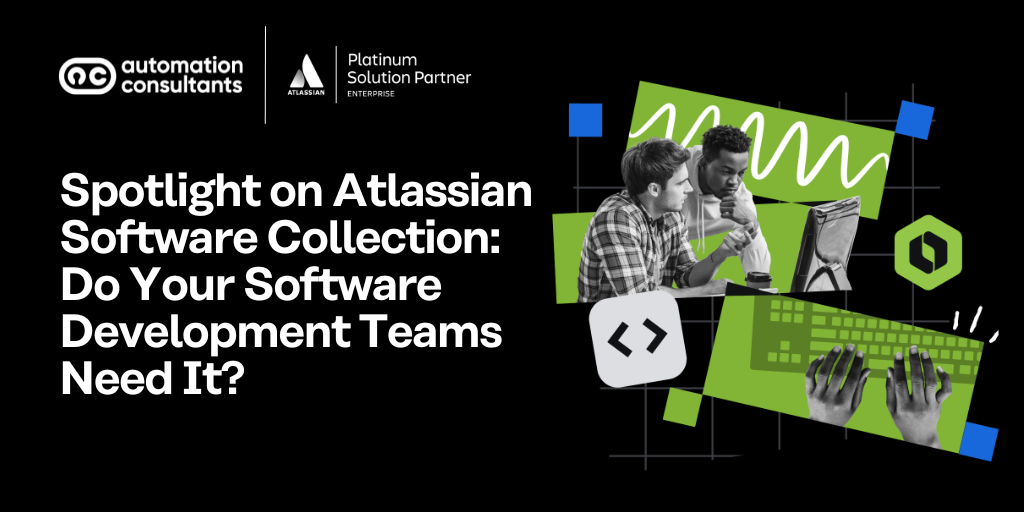Welcome to the world of Agile! If you’re preparing to embed Agile within your team, you’re in the right place. In this post, we’re focusing on the first part of your journey: preparing for your Agile implementation.
But we bring you words of warning.
You see, if you’re embarking upon an Agile transformation, it’s likely you’re going to come up against a few Agile implementation challenges along the way. From framework fumbles to sceptical stakeholders, the path to Agility is not always smooth.
Why do organisations fail at Agile?
Some organisations make the mistake of viewing Agile as project that can be completed, but Agile is never ‘finished’.
Instead, it’s a mindset, so any company implementing Agile needs to be prepared for a long-term shift in working practices and culture – from the top down.
Without trust, transparency and accountability across the entire organisation, Agile will fail.
Now, although a guiding principle of Agile is ‘failing fast’, we don’t want any of you reading this today to fall at the first hurdle during your Agile implementation!
That’s why we’ve picked five common Agile implementation challenges to explore with you today. Crucially, we’re also going to help you solve them…
Agile implementation challenges
1. Adopting the right Agile framework for your team
An Agile framework can provide you with the structure and process you need in order to apply Agile principles to your work. The right framework should deliver consistency and practical guidelines for your team.
Two of the most popular frameworks are Kanban and Scrum. Previously favoured by Agile software development teams, we now see these frameworks in place across a range of business areas, and in all manner of industries. Both are generally a good fit for most organisations as they both offer a lean, flexible and simple approach to Agile project management.
A quick side note: If you’re looking to implement Agile on a larger scale, you’ll need to take a look at Scaled Agile Frameworks, such as SAFe or LeSS.
KanBan and Scrum
Before you choose your Agile framework, familiarise yourself with the key roles, events and processes of each.
Kanban, for example, is based on visualising the flow of your work from start to delivery. Boards are used to move work across different project stages (a simple example might be ‘To do’, ‘In progress’ and ‘Done’), and the framework has a particular focus on limiting work in the ‘in progress’ stage, alongside enhancing efficiency. There are no set roles within the Kanban framework.
Scrum, meanwhile, has a more prescriptive approach with set roles and ceremonies – although it is still described as a lightweight framework. Work is completed in ‘sprints’, which are fixed increments of time (two weeks, for example), and will generally include a set number of tasks and firm deadlines.
Both frameworks centre on self-organising teams and allow a degree of flexibility and adaptability.
Learn the differences between kanban vs scrum here.
If you’re eager to start benefitting from Atlassian Intelligence, why not have a free consultation with us? We can help review your current Atlassian usage, provide guidance on how and where AI can add value, and talk you through everything from stakeholder engagement to team training.
Tips for choosing your Agile framework
Begin with the flow of your work. Think about how your team operates and which processes and structures they may benefit from. Ideally, you want to implement an Agile framework that suits the way your team works – not the other way round.
In the words of one of our Technical Project Managers here at AC: ‘Be Agile in the way you roll out your Agile framework!’
You may also need to consider your organisation’s Agile maturity. Are you completely new to this way of working, or do you have some principles in place already?
Generally speaking, teams with minimal agile experience (yet high ambiguity) tend to benefit from guided frameworks, because of their defined roles and artefacts, timeboxing rules, and so on.
This is also an ideal opportunity to confirm what your goal is, in terms of embedding Agile. Where will the value of this new way of working lie for your team? Define a clear Agile vision and associated goals, and then review frameworks to determine which can best help you to achieve these ambitions.
In our experience, we’ve rarely seen teams choose the ‘wrong’ Agile framework. What we have seen, however, is organisations approaching implementation in an ineffective way. So, let’s move on to challenge number two.
2. Insufficient planning
Fail to prepare and… you know the rest.
When you’re embedding Agile, you need to lay the groundwork first.
Ensure you have planned enough time and allocated the right level of resource for your Agile implementation. Can other projects or activities be paused, or priorities shifted, so that you can truly bed in your new Agile practices?
Remember, too, that some Agile principles may be completely new to your people, so it’s important that you build in enough time to educate and prepare team members.
You may want to consider a phased roll-out of your Agile framework, perhaps starting with a pilot project or embedding within a sub-group first. This will enable you to identify any areas which may need improving or adjusting before you roll out to your wider team.
Another point to consider is your Agile tooling. Powerful and intuitive products can help you to maintain (and potentially scale) Agile within your organisation. With our experience, we would always recommend Jira or, for larger organisations, Jira Align (check Jira Align benefits).
If you haven’t considered these elements ahead of your Agile implementation, there’s a high chance you’re going to face a host of questions, sceptical stakeholders and an inhospitable workload.
3. Team members' resistance
Agile relies on all team members aligning with the same ideals, and working to the same vision. But that’s not always easy – especially with team members who like things done a certain way, or are perhaps nervous of what changes will mean for them.
All together now: ‘It’s the way it’s always been done…!’
We should mention here that resistance to change is completely normal. The important thing is how you respond to this barrier.
Stakeholder engagement and communication is key. You should outline the benefits that your new Agile approach will deliver, and explain why you’re embedding these changes now. Focus on the vision of your team and demonstrate how Agile principles can help you all to achieve this. You may also want to share certain success metrics, such as a faster time to delivery, or improved product quality.
It’s a good idea to appoint ‘Agile champions’, who can raise the profile of Agile within your organisation and help to encourage those who are change-resistant.
The joy of Kanban and Scrum is that you’ll be able to clearly see the positive impact of Agile working over time. For example, you should see fewer items loitering in the ‘Work in Progress’ column of your Kanban board, or be able to celebrate completing all your tasks within your Sprint if you’re a Scrum team.
Both these frameworks also promote continuous improvement, transparency and feedback, providing plenty of opportunities for you to review performance and share results.
4. Lack of management support
Alongside your team on the ground, you must have buy-in from your senior leadership team. This could prove vital if you run into Agile implementation challenges and need top-down support and endorsement.
To support with this, you could consider Agile induction workshops that are specifically tailored to senior management stakeholders. These focus on the key questions, reservations and challenges that senior figures tend to harbour. ‘Speaking the language’ of your management team, and exploring Agile in a context that is relevant to their roles and responsibilities, can be a highly valuable tactic to help get these stakeholders on board.
If this sounds like it would be valuable in your organisation, why not talk to us today to discuss an Agile induction workshop for your team?
Support from your management team is also essential if your organisation decides to roll out Agile at Scale across your organisation.
Ultimately, Agile is a mindset, so to truly benefit from it, your stakeholders need to buy in to its core principles and values.
5. Sky high expectations from Agile
Now, we just spent the previous couple of points explaining why you should get your team excited and onboard with an Agile way of working. But you have to keep it realistic.
If you promise that adhering to an Agile framework is going to instantly transform your outputs and generate double your usual ROI, you’re only going to disappoint stakeholders.
Instead, focus on the specific purpose for which your team is implementing Agile. Manage your teams’ expectations, and communicate realistic timeframes for results.
Change does tend to happen slowly. We’re talking over many months.
You can encourage continued enthusiasm and commitment from your team by tracking metrics that reflect change and improvement. These could be based on workflow efficiency and productivity, or perhaps waste reduction (by being increasingly more lean). Or how about monitoring your completion vs carry-over rates, or your cycle times for how long tasks are taking from start to finish?
Remember to align these metrics with your team’s overall vision for Agile, the pain points you’re hoping it will address, and the benefits your team will experience.
The key thing to reiterate is that Agile is not a job that can be finished. It is a mindset. It’s a way of improving the flow of your work. And it’s a continuous process of reviewing, fine-tuning, adapting and enhancing for even stronger outcomes in the future.
What is the biggest problem with Agile?
The biggest problem organisations often face is that, once you’ve implemented Agile, you’ve got to maintain consistency across your teams and organisation. To truly maximise value from Agile adoption, you need to continually review, improve, unify and standardise. The work never stops. (But, if you’re passionate about it like we are, that’s not necessarily a problem!)
We have a team of Agile experts ready to help you and your team. With years of Atlassian and Agile experience, why not discover the difference that a dedicated Agile consultancy could make to your work?
Drop us a note today and we’ll guide you through how we can support you begin your Agile journey, make the most of Agile tools, bring in some training, or reach peak Agile maturity.
Are you ready to overcome your Agile implementation challenges?
If all this talk of challenges has left you feeling a little unsure about how to approach your Agile implementation, help is just around the corner (or at the bottom of this blog post).
Here at Automation Consultants, we embrace the principles and values of Agile methodologies, and have guided countless organisations, in sectors as varied as telecoms and utilities to banking and government, through Agile transformations. Our team are dedicated to helping organisations like you to transform the way you work, from software development to project management, and we bring you years of expertise in Agile, DevOps, software lifecycle consultancy and more.





